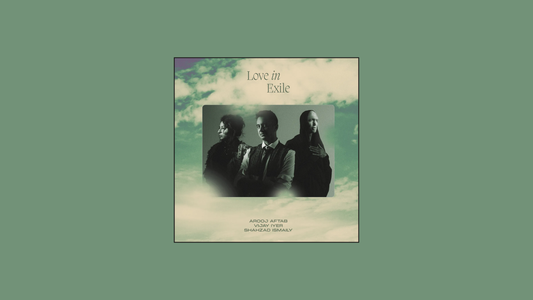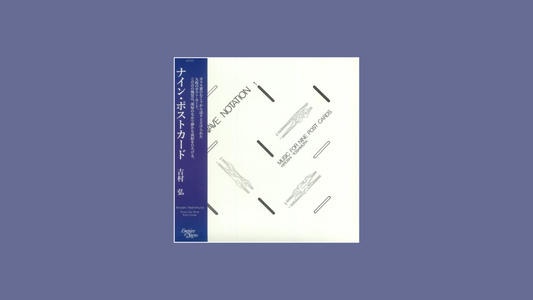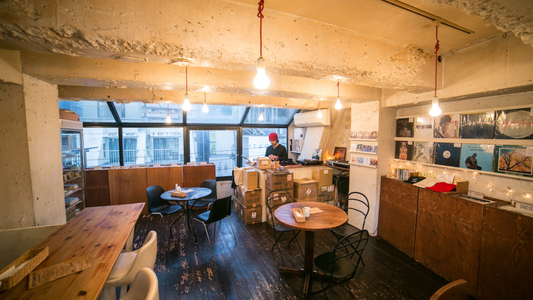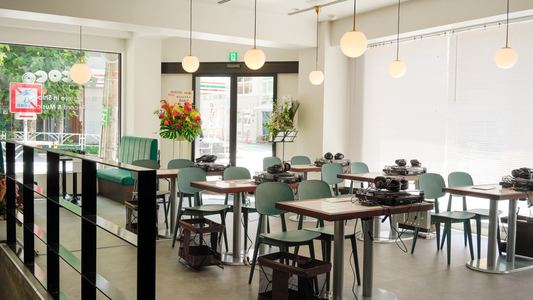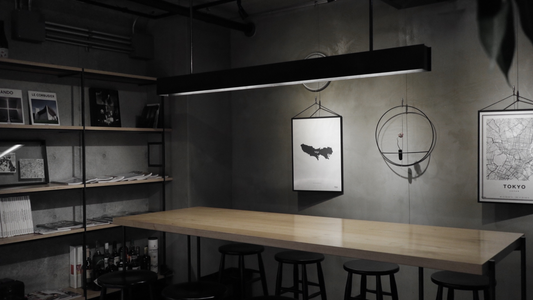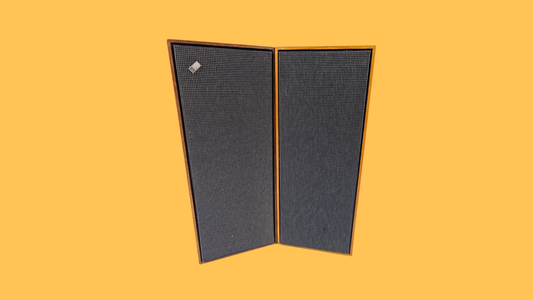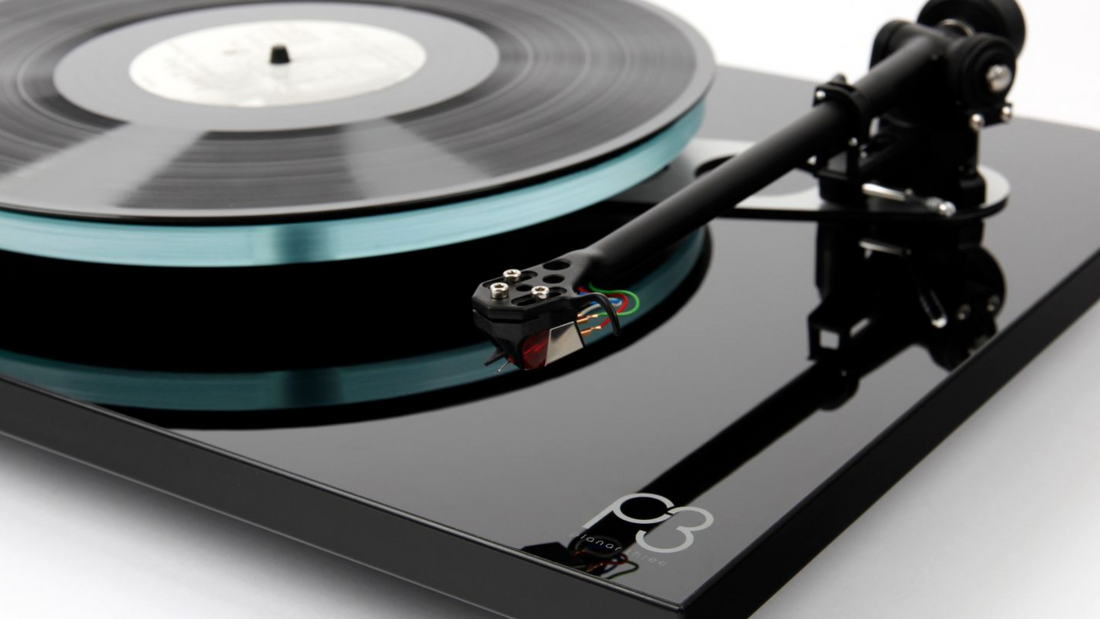
Rega — Planar Simplicity, English Honesty
By Rafi Mercer
There is a certain modesty in English engineering, a refusal to overstate, a belief that less can be more. Rega turntables embody that instinct. To look at a Planar is to see almost nothing — a flat plinth, a glass platter, a tonearm without ornament. And yet, for half a century, these decks have carried vinyl into homes, cafés, and listening bars with a clarity that proves simplicity can be its own form of truth.
Founded in 1973 by Roy Gandy in Essex, Rega was born of pragmatism. Gandy was an engineer who wanted a turntable that prioritised function over flourish, stripped of unnecessary complexity. Where Linn’s LP12 turned hi-fi into philosophy, Rega’s Planar decks suggested something plainer: make it rigid, make it quiet, make it affordable, and let the record speak. The Rega ethos has always been about music before mystique.
The Planar 2 and Planar 3 became the backbone of this vision. Lightweight yet stiff plinths, glass platters for speed stability, and tonearms engineered with surprising precision at their price point. No suspension, no baroque flourishes, no attempt to dazzle. Just balance, transparency, and honesty. They arrived into a Britain still marked by modest living rooms, where music was as much about access as obsession. Rega offered high-fidelity at a cost within reach, a democratic hi-fi that didn’t require ceremony.
In listening bars, this honesty translates into intimacy. I once spent an evening in a Brighton café where a Rega Planar 3 spun Nick Drake’s Bryter Layter while people leaned across tables over pints. There was no ritualistic silence, no hushed reverence — just music filling the room with ease. The Rega didn’t demand attention, it gave it freely. That is its gift: the ability to carry the groove without ego.
Compared to the torque-driven muscle of a Technics or the suspended poise of a Linn, a Rega can feel almost fragile. But its lightness is its strength. The minimal plinth reduces energy storage, letting the stylus trace the groove without interference. In a bar, that translates into music that feels unforced, natural, woven into the air rather than imposed upon it.
Over the decades, Rega has continued refining rather than reinventing. The Planar 6, 8, and 10 push materials science further, yet the DNA remains unchanged: simplicity as fidelity. A Rega in a modern listening bar is a statement of restraint — proof that great sound does not require vast plinths or cult-like rituals. It requires only care in the essentials.
There is a certain English honesty in that approach. In a world of audiophile excess, Rega insists that music can still be democratic, still be shared without ceremony. And in the convivial atmosphere of a listening bar, that ethos is not just welcome, it is vital.
Rega doesn’t make you bow to the turntable. It lets you lift a record, place it on glass, and hear it as it is. Simple, direct, and enduring. The kind of honesty that keeps music close to life.
Rafi Mercer writes about the spaces where music matters. For more stories from Tracks & Tales, subscribe, or click here to read more.
